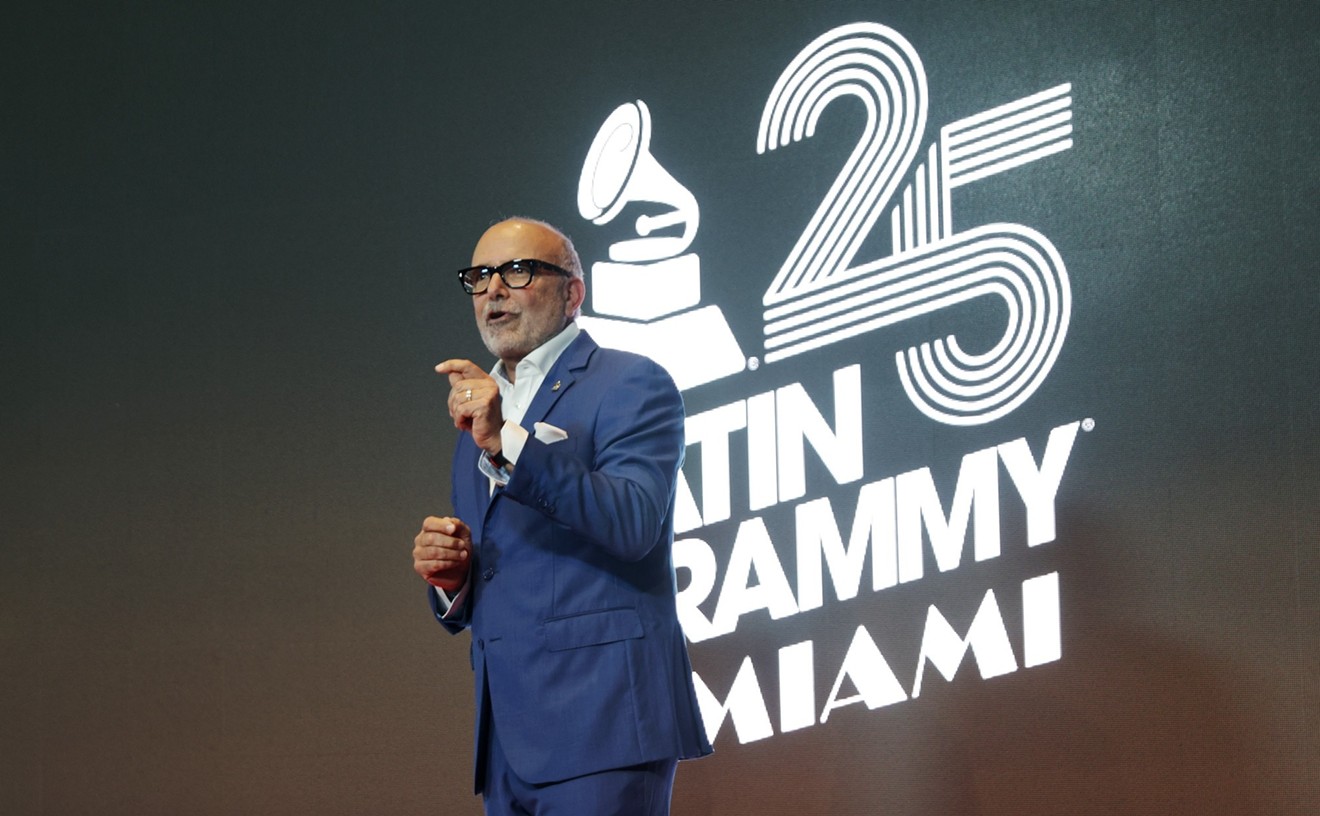Martin Scorsese's first foray into 3-D family filmmaking centers on its title character, played by Asa Butterfield, a just-prepubescent orphan squatting in a train station circa 1930. When not dodging an orphan-hunting station constable (Sacha Baron Cohen), Hugo secretly maintains the station's clocks and attempts to fix an automaton, the only keepsake the boy has from his late watchmaker father (Jude Law). The automaton's hand is built to grip a pen, and Hugo has become convinced that if he could get that hand to work, it would write out a message from his dad. Hugo eventually discovers that the automaton was built by a silent filmmaker and special-effects innovator named Georges Méliès — which happens to be the full name of the gruff old man (Ben Kingsley) who runs the station's toy shop. With this revelation, Hugo pivots: The boy's attempt to excavate his own personal history becomes an excavation and celebration of the first three decades of cinema history. Mounted as a children's adventure, the movie is far more successful as a barely veiled issue flick from Scorsese, the celebrity face of film preservation. His most purposeful use of 3-D comes in a long, visually stunning flashback sequence meant to serve as a primer on early cinema. As much as Hugo is a sop to box-office interests, in using Hollywood's trendiest gimmick to awaken audiences to the glory of the past, it's also a PSA for Scorsese's personal cause.
[
{
"name": "GPT - Billboard - Slot Inline - Content - Labeled - No Desktop",
"component": "16971022",
"insertPoint": "2",
"requiredCountToDisplay": "2"
},{
"name": "Editor Picks",
"component": "15769925",
"insertPoint": "4",
"requiredCountToDisplay": "1"
},{
"name": "Inline Links",
"component": "16575154",
"insertPoint": "8th",
"startingPoint": 8,
"requiredCountToDisplay": "7",
"maxInsertions": 25
},{
"name": "GPT - Rectangle 2x - Slot Auto-select - Labeled",
"component": "15782206",
"insertPoint": "8th",
"startingPoint": 8,
"requiredCountToDisplay": "7",
"maxInsertions": 25
},{
"name": "Inline Links",
"component": "16575154",
"insertPoint": "8th",
"startingPoint": 12,
"requiredCountToDisplay": "11",
"maxInsertions": 25
},{
"name": "GPT - Leaderboard to Tower - Slot Auto-select - Labeled",
"component": "15782207",
"insertPoint": "8th",
"startingPoint": 12,
"requiredCountToDisplay": "11",
"maxInsertions": 25
}
]










